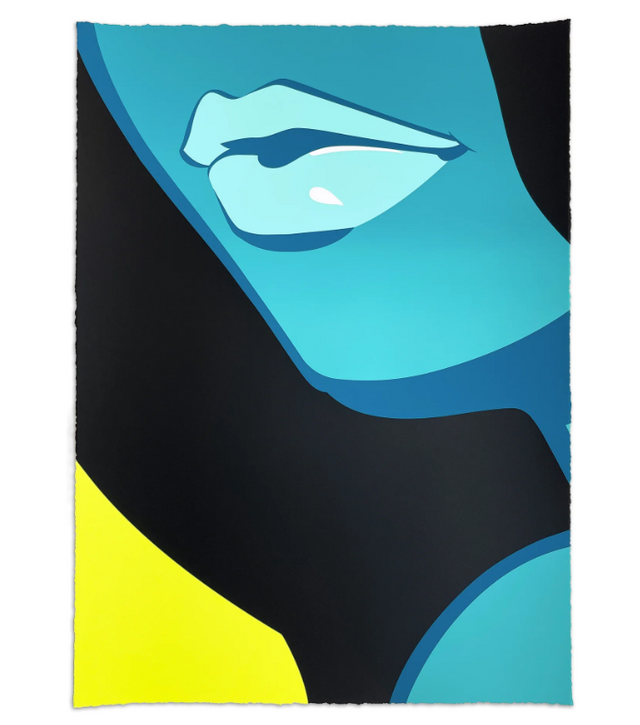
Hair
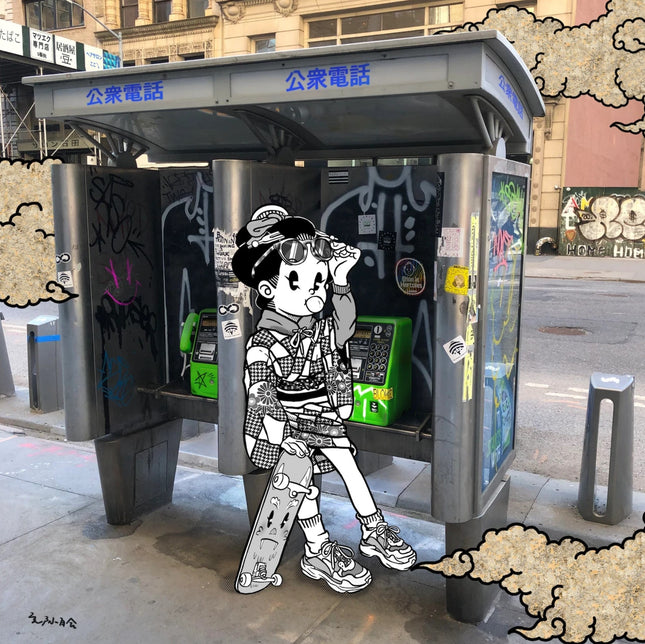
Shishidomia Phone Booth 18x18 Giclee Print by Shishidomia
Phone Booth- 18x18 Pop Street Artwork Limited Edition Giclee Print on Fine Art Paper by Urban Graffiti Modern Artist Shishidomia. 2022 Limited Edition of 250 18x18 Japan Print
$125.00
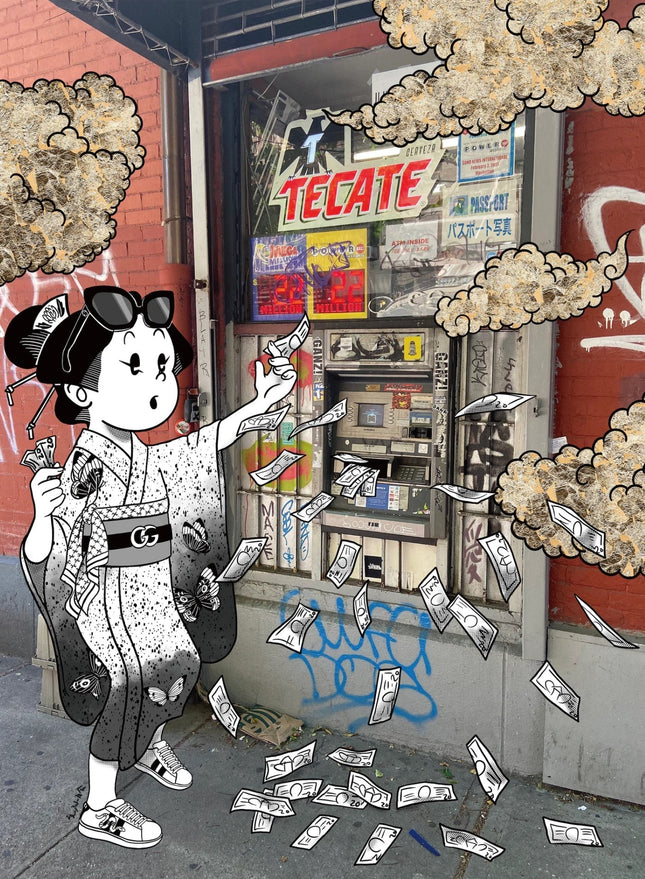
Shishidomia My Money! 18x24 Giclee Print by Shishidomia
My Money!- 18x24 Pop Street Artwork Limited Edition Giclee Print on Fine Art Paper by Urban Graffiti Modern Artist Shishidomia. 2022 Limited Edition of 250 18x24 Japan Print
$125.00
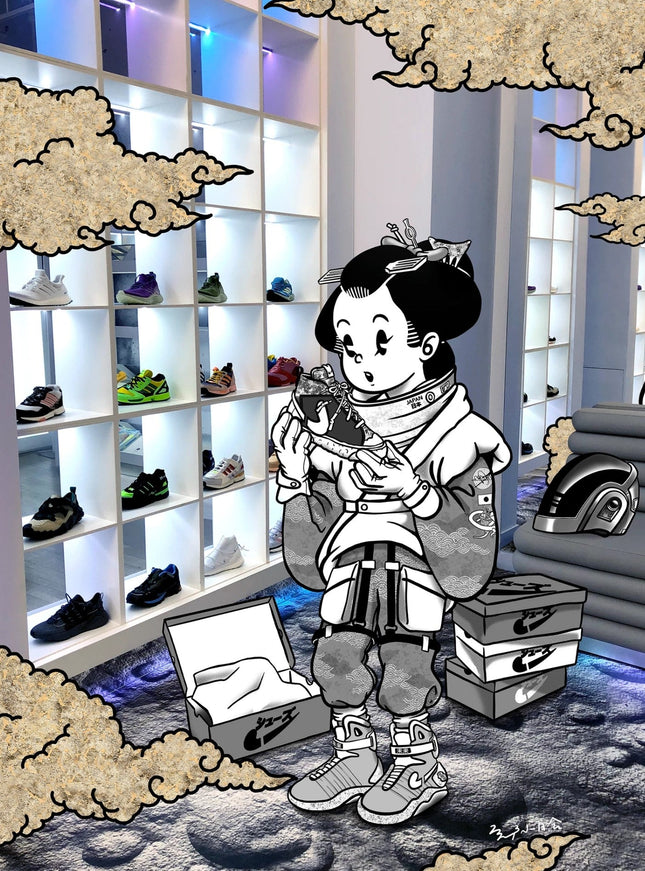
Shishidomia A Galaxy Far, Far Away 18x24 Giclee Print by Shishidomia
A Galaxy Far, Far Away- 18x24 Pop Street Artwork Limited Edition Giclee Print on Fine Art Paper by Urban Graffiti Modern Artist Shishidomia. 2022 Limited Edition of 250 18x24 Japan Print Exploring the Artistry of Shishidomia: "A Galaxy Far, Far Away" The canvas of the urban landscape is often splashed with vibrant hues and forms that tell a story beyond the conventional gallery walls. In this pulsating environment, Street Pop Art & Graffiti Artwork finds its true resonance, capturing the essence of contemporary urban life with a spray can and a brush. At the heart of this creative explosion is the work of Shishidomia, an artist whose unique style has come to be defined by the bold strokes and cultural amalgamations that characterize his limited-edition prints. The 2022 limited edition of 250 18x24 Japan Print by Shishidomia is a testament to the innovative spirit of Street Pop Art & Graffiti Artwork. It is a piece that encapsulates a timeless and ephemeral narrative within its borders. Through a fine art giclee print, Shishidomia presents "A Galaxy Far, Far Away," not merely as a distant realm but as an intimate dance of color, tradition, and modernity. The Cultural Fusion in Modern Graffiti Art Shishidomia's work is a confluence of past and present, a dynamic juxtaposition that speaks volumes of his Japanese heritage and a keen eye for contemporary aesthetics. The "A Galaxy Far, Far Away" print showcases a figure drawn in a style reminiscent of traditional Japanese art, immersed in admiring a sneaker. This is not just any sneaker but one that represents the zenith of modern fashion and consumer culture, suggesting a deep connection between the artist's roots and the global influences that shape our desires today. The background, a sleek display of sneakers, each resting on its pedestal, elevates the footwear to a status of high art, reminiscent of artifacts in a museum. This clever interplay of traditional iconography and modern consumerism is a hallmark of Street Pop Art & Graffiti Artwork, inviting viewers to contemplate the intricate relationships between art, culture, and commerce. Shishidomia: A Modern Maestro of Urban Graffiti The artist's identity behind "A Galaxy Far, Far Away" is just as intriguing as the artwork. Shishidomia, whose real name remains a valuable piece of the enigma, hails from Japan. The artist's anonymity magnifies the focus on the art itself, allowing the viewers to draw connections and interpretations without the preconceived notions often accompanying celebrities in the art world. Shishidomia's work is characterized by its fearless dialogue with the viewer, a visual conversation that challenges perceptions and urges a reevaluation of what is considered high and low art. By choosing to work in limited editions, the artist elevates the exclusivity of Street Pop Art & Graffiti Artwork while also making a statement about the transient nature of street art, which is often fleeting, replaced, or painted over in the ever-changing cityscape. The art of Shishidomia, particularly the 2022 limited edition print "A Galaxy Far, Far Away," is a vibrant narrative woven into the fabric of urban artistry. It speaks to the heart of what makes Street Pop Art & Graffiti Artwork so compelling: the ability to transform the ordinary into the extraordinary, to find beauty in the every day, and to express the multifaceted experiences of modern life through color, form, and texture.
$125.00
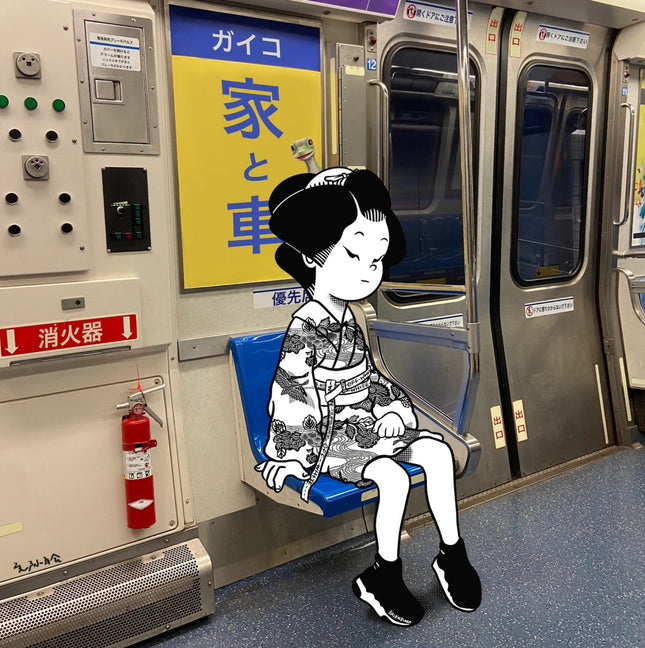
Shishidomia $leeping Beauty 18x18 Giclee Print by Shishidomia
$leeping Beauty- 18x18 Pop Street Artwork Limited Edition Giclee Print on Fine Art Paper by Urban Graffiti Modern Artist Shishidomia. 2022 Limited Edition of 250 18x18 Japan Print
$99.00
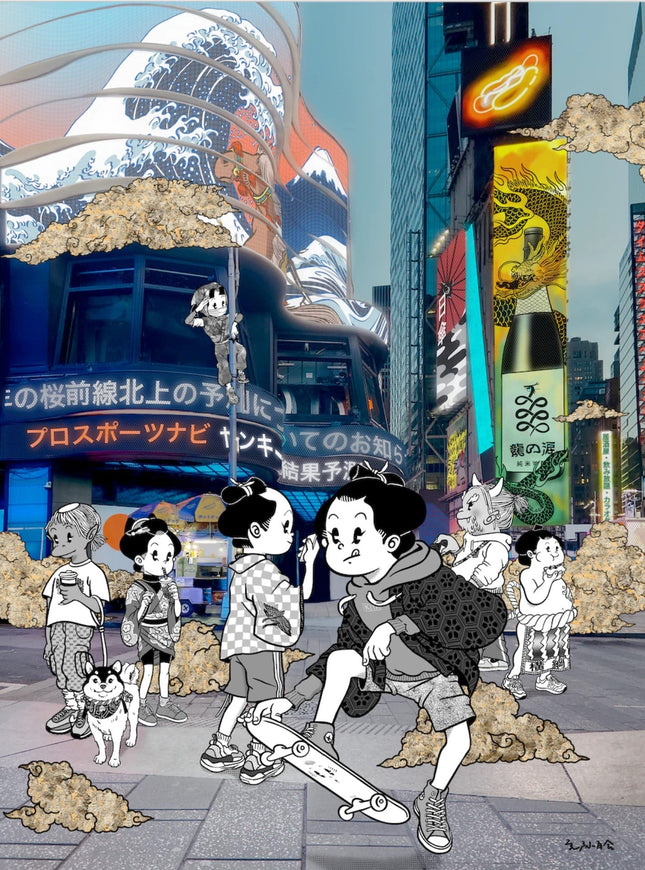
Shishidomia Japan x Times Square 18x24 Giclee Print by Shishidomia
Japan x Times Square- 18x24 Pop Street Artwork Limited Edition Giclee Print on Fine Art Paper by Urban Graffiti Modern Artist Shishidomia. 2022 Limited Edition of 250 18x24 Japan Print
$125.00
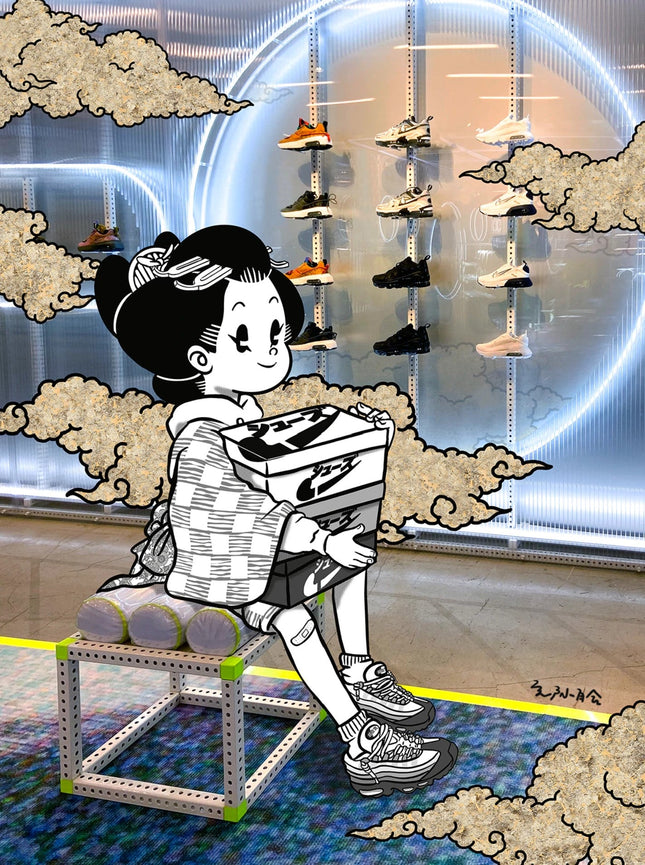
Shishidomia At The Store 18x24 Giclee Print by Shishidomia
At The Store- 18x24 Pop Street Artwork Limited Edition Giclee Print on Fine Art Paper by Urban Graffiti Modern Artist Shishidomia. 2022 Limited Edition of 250 18x24 Japan Print
$125.00







